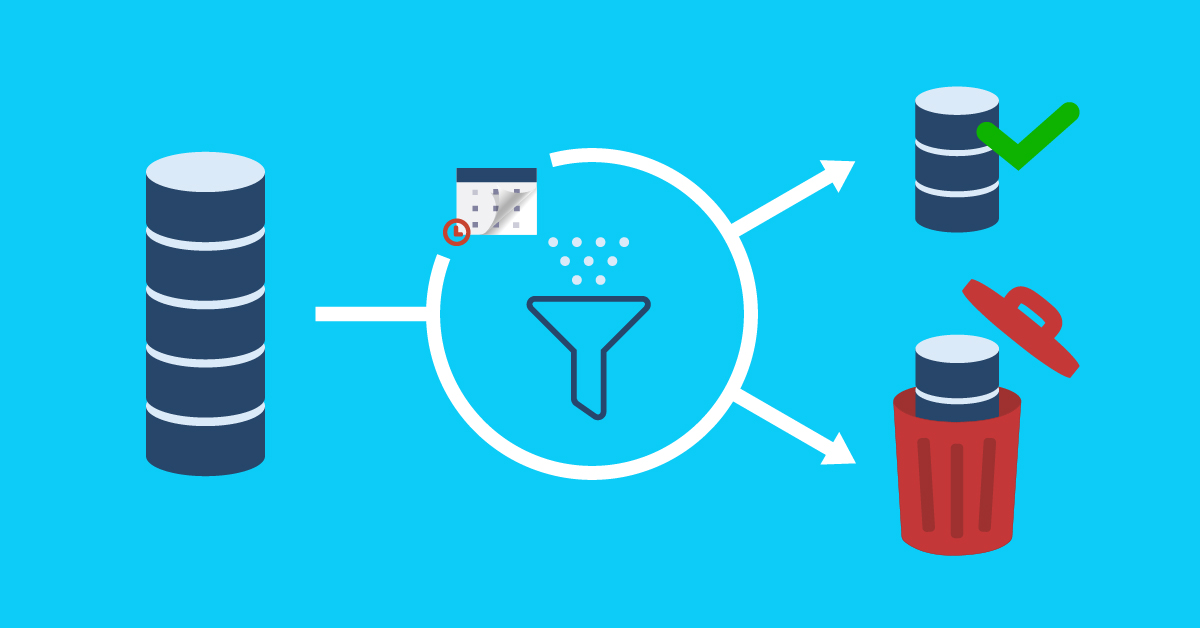OpenFlyers now offers a feature that allows both a simple and powerful tool to manage compliance with the GDPR and also to contribute to sustainable development: the removal of obsolete data.

The Obsolete Data Deletion feature allows you to delete all data that is considered obsolete, i. e. with corresponding dates prior to the current date less the retention period.
Some data may be defined as obsolete, due to this data retention period, but may not be deleted. These data are linked to other data, not deleted, which are in other data processing.
Example: if the retention period of activities, including thefts, is set at 3 years, but the thefts are associated with accounting records that must be kept for 10 years, then thefts are considered obsolete after 3 years, but cannot be deleted as they are necessary for the traceability of the accounts that must be kept for 10 years.
See the chapter Obsolescence Constraints for more information on data dependencies.
This ultra-simple and ultra-powerful feature can lead to deletion of unwanted data. Therefore, OpenFlyers recommends, before a first use, to perform deletion tests from the sandbox platform associated with the production platform. See the Additional Test Platform procedure to create a copy of the production platform on the sandbox platform.
All functions related to data deletion can be accessed from the menu Admin > Structure > Data > Data retention. It requires the Settings Management right.
Before deleting obsolete data, a retention period in days must be defined for each type of data processing. See the procedure Changing the shelf life of a treatment.
The summary table of treatment the data then counts, for each processing operation, according to the associated storage period:
- the number of obsolete data that can be deleted
- the number of obsolete non-deletable data
- the number of non-obsolete data
Before performing a deletion, it is recommended to note the number of non-obsolete data and the number of non-deletable obsolete data.
Then, click on the button symbolizing a trash can for the corresponding data processing line.
Then, to check that only the obsolete deletable data has been deleted, it is sufficient to verify that the number of non-obsolete data and the number of non-deletable obsolete data has not changed for the corresponding data processing line.
On the other hand, after deleting the obsolete data for one data line, it is possible that on other data lines the number of obsolete data that can be deleted will increase due to the removal of the dependencies they had on the data that have just been deleted.
It is then sufficient to repeat the operation for the different data processing in order to no longer have obsolete data that cannot be deleted.
The dependencies between data are listed in the chapter Obsolescence Constraints.
Documentary references:
https://openflyers.com/fr/doc/of4/Données
https://openflyers.com/fr/doc/of4/Données#Contraintes-d'obsolescence
https://openflyers.com/fr/doc/of4/Données#Accéder-au-tableau-de-conservation-des-données
https://openflyers.com/fr/doc/of4/Données#Modifier-la-durée-de-conservation-d'un-traitement
https://openflyers.com/fr/doc/of4/Données#Supprimer-des-données
https://openflyers.com/fr/doc/of4/Créer-une-plateforme-OpenFlyers-pour-sa-structure#Plateforme-supplémentaire-de-test
https://openflyers.com/fr/doc/of4/Gestion-des-profils#Gestion-du-paramétrage
https://openflyers.com/fr/doc/of4/Règlement-Général-sur-la-Protection-des-Données
https://openflyers.com/fr/doc/of4/Règlement-Général-sur-la-Protection-des-Données#Conservation-des-données
https://openflyers.com/fr/doc/of4/Règlement-Général-sur-la-Protection-des-Données#Durées-de-conservation